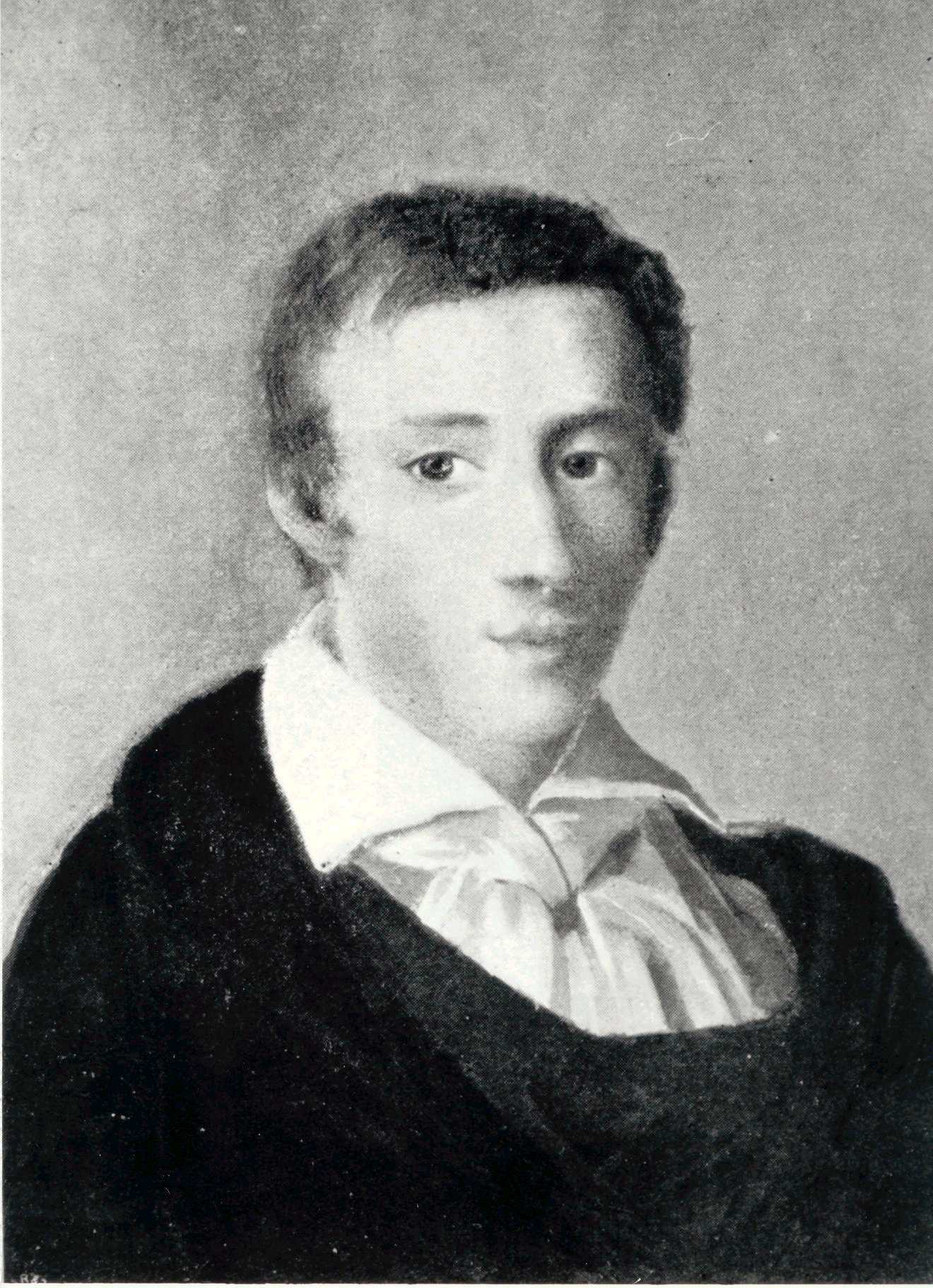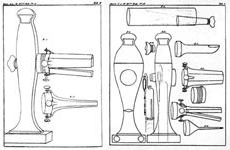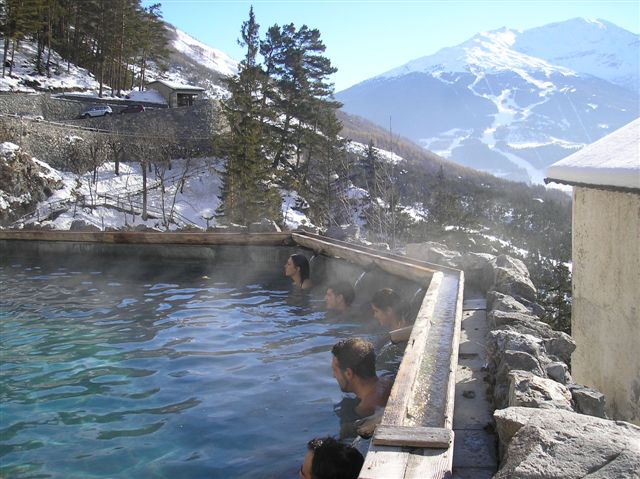|
Duszniki-Zdrój
Duszniki-Zdrój (; ; ), often simplified to Duszniki, is a spa town in Kłodzko Valley and Kłodzko County, Lower Silesian Voivodeship, in southwestern Poland. As of December 2021, the town has a population of 4,329. Situated on the Bystrzyca River, it attracts tourists from Poland and around the world. History The settlement was mentioned in 1324. The town was colonized by Germans an the name Reinerz likely refers to the place Reinhards in Hesse. It was granted town rights in 1346. Until 1595 it remained in private hands. A trade route connecting Silesia and Bohemia ran through the town, contributing to its development. Weaving and paper production developed, as well as the iron industry, but the local iron deposits quickly depleted. In 1584 a town hall was built, and in 1605 a paper mill, now housing the Museum of Papermaking in Duszniki-Zdrój, Museum of Papermaking. The town's development was stopped by the Thirty Years' War (1618-1648). In 1669 Polish King John II Casimir Vas ... [...More Info...] [...Related Items...] OR: [Wikipedia] [Google] [Baidu] |
Museum Of Papermaking In Duszniki-Zdrój
The Museum of Papermaking in Duszniki-Zdrój () is a historical museum located in the spa town of Duszniki-Zdrój in the Lower Silesian Voivodeship, southwestern Poland. It was founded in 1968 in an old 16th-century paper mill on the Bystrzyca Dusznicka river. History The Paper Mill in Duszniki had been erected prior to 1562 and its first recorded owner was Ambrosius Tepper. During the flood in 1601 the paper mill suffered partial destruction. The contemporary owner, Gregor Kretschmer, reconstructed the plant and resumed the production of paper. On this basis, one may assume that the existing paper mill is one of the oldest preserved and operational structures of its kind in Europe. For the Kretschmer family, paper manufacture became a source of immense wealth and elevated social status, as confirmed in the year 1607 by Emperor Rudolf II Habsburg, who allowed Gregor and Georg Kretschmer to use their own coat of arms, which was followed shortly afterwards by their inclusion among ... [...More Info...] [...Related Items...] OR: [Wikipedia] [Google] [Baidu] |
Lower Silesian Voivodeship
Lower Silesian Voivodeship (, ) in southwestern Poland, is one of the 16 Voivodeships of Poland, voivodeships (provinces) into which Poland is divided. It covers an area of and has a total population of 2,899,986. It is one of the wealthiest provinces in Poland, as natural resources such as copper, Lignite, brown coal and rock materials are widely present. Its capital and largest city is Wrocław, situated on the Oder, Oder River. The voivodeship is host to several spa towns, many castles and palaces, and the Giant Mountains, with several ski resorts. For this reason, tourism is a large part of this region's economy. History In the past 1,200 years, the region has been part of Great Moravia, the Medieval Kingdom of Poland, the Crown of Bohemia, Kingdom of Hungary, Habsburg monarchy (Austria), Kingdom of Prussia, the German Empire, and modern Poland after 1945. Silesian tribes settled the lands at the end of the first millennium after the Migration Period. In the 9th century ... [...More Info...] [...Related Items...] OR: [Wikipedia] [Google] [Baidu] |
Kłodzko County
__NOTOC__ Kłodzko County () is a unit of territorial administration and local government (powiat) in Lower Silesian Voivodeship, south-western Poland. It came into being on 1 January 1999 as a result of the Polish local government reforms passed in 1998. The county covers an area of ; its territory almost exactly corresponds to the former Bohemian, later Prussian, County of Kladsko. It is located in a panhandle called Kłodzko Panhandle. The county's administrative seat is the town of Kłodzko; the other towns are: Duszniki-Zdrój, Nowa Ruda, Polanica-Zdrój, Bystrzyca Kłodzka, Kudowa-Zdrój, Lądek-Zdrój, Międzylesie, Radków, Stronie Śląskie and Szczytna. (The suffix ''Zdrój'' appearing in several of these names means " spa".) As of 2019 the total population of the county was 158,600. Neighbouring counties Kłodzko County is bordered by Wałbrzych County to the north-west, Dzierżoniów County to the north and Ząbkowice Śląskie County to the north-eas ... [...More Info...] [...Related Items...] OR: [Wikipedia] [Google] [Baidu] |
Frédéric Chopin
Frédéric François Chopin (born Fryderyk Franciszek Chopin; 1 March 181017 October 1849) was a Polish composer and virtuoso pianist of the Romantic period who wrote primarily for Piano solo, solo piano. He has maintained worldwide renown as a leading composer of his era whose "poetic genius was based on a professional technique that was without equal in his generation". Chopin was born in Żelazowa Wola and grew up in Warsaw, which in 1815 became part of Congress Poland. A child prodigy, he completed his musical education and composed his early works in Warsaw before leaving Poland at age 20, less than a month before the outbreak of the November Uprising, November 1830 Uprising; at 21, he settled in Paris. Thereafter he gave only 30 public performances, preferring the more intimate atmosphere of the Salon (gathering), salon. He supported himself, selling his compositions and giving piano lessons, for which he was in high demand. Chopin formed a friendship with Franz Liszt ... [...More Info...] [...Related Items...] OR: [Wikipedia] [Google] [Baidu] |
Gastrology
Gastroenterology (from the Greek gastḗr- "belly", -énteron "intestine", and -logía "study of") is the branch of medicine focused on the digestive system and its disorders. The digestive system consists of the gastrointestinal tract, sometimes referred to as the ''GI tract,'' which includes the esophagus, stomach, small intestine and large intestine as well as the accessory organs of digestion which include the pancreas, gallbladder, and liver. The digestive system functions to move material through the GI tract via peristalsis, break down that material via digestion, absorb nutrients for use throughout the body, and remove waste from the body via defecation. Physicians who specialize in the medical specialty of gastroenterology are called gastroenterologists or sometimes ''GI doctors''. Some of the most common conditions managed by gastroenterologists include gastroesophageal reflux disease, gastrointestinal bleeding, irritable bowel syndrome, inflammatory bowel disease (IBD ... [...More Info...] [...Related Items...] OR: [Wikipedia] [Google] [Baidu] |
Cardiology
Cardiology () is the study of the heart. Cardiology is a branch of medicine that deals with disorders of the heart and the cardiovascular system. The field includes medical diagnosis and treatment of congenital heart defects, coronary artery disease, heart failure, valvular heart disease, and electrophysiology. Physicians who specialize in this field of medicine are called cardiologists, a sub-specialty of internal medicine. Pediatric cardiologists are pediatricians who specialize in cardiology. Physicians who specialize in cardiac surgery are called cardiothoracic surgeons or cardiac surgeons, a specialty of general surgery. Specializations All cardiologists in the branch of medicine study the disorders of the heart, but the study of adult and child heart disorders each require different training pathways. Therefore, an adult cardiologist (often simply called "cardiologist") is inadequately trained to take care of children, and pediatric cardiologists are not trained to treat ... [...More Info...] [...Related Items...] OR: [Wikipedia] [Google] [Baidu] |
Destination Spa
A destination spa or health resort is a resort centered on a spa, such as a mineral spa. Historically, many such spas were developed at the location of natural hot springs or mineral springs. In the era before modern biochemistry and pharmacotherapy, "taking the waters" was often believed to have great medicinal powers. Even without such mystic powers, the stress relief and health education of spas also often has some degree of positive effect on health. Destination spas offer day spa facilities, but what sets them apart is that they also offer hotel facilities so that people can stay multiple nights. Typically, over a seven-day stay, they provide a comprehensive program that includes spa services, physical fitness activities, wellness education, healthy cuisine, and special interest programming. A special subgroup are the medical spas who offer treatments that are paid back by the national health insurance program. All-inclusive program Some destination spas offer an a ... [...More Info...] [...Related Items...] OR: [Wikipedia] [Google] [Baidu] |
Middle Ages
In the history of Europe, the Middle Ages or medieval period lasted approximately from the 5th to the late 15th centuries, similarly to the post-classical period of global history. It began with the fall of the Western Roman Empire and transitioned into the Renaissance and the Age of Discovery. The Middle Ages is the middle period of the three traditional divisions of Western history: classical antiquity, the medieval period, and the modern period. The medieval period is itself subdivided into the Early, High, and Late Middle Ages. Population decline, counterurbanisation, the collapse of centralised authority, invasions, and mass migrations of tribes, which had begun in late antiquity, continued into the Early Middle Ages. The large-scale movements of the Migration Period, including various Germanic peoples, formed new kingdoms in what remained of the Western Roman Empire. In the 7th century, North Africa and the Middle East—once part of the Byzantine Empire� ... [...More Info...] [...Related Items...] OR: [Wikipedia] [Google] [Baidu] |
Mineral Water
Mineral water is water from a mineral spring that contains various minerals, such as salts and sulfur compounds. It is usually still, but may be sparkling ( carbonated/ effervescent). Traditionally, mineral waters were used or consumed at their spring sources, often referred to as "taking the waters" or "taking the cure," at places such as spas, baths and wells. Today, it is far more common for mineral water to be bottled at the source for distributed consumption. Travelling to the mineral water site for direct access to the water is now uncommon, and in many cases not possible because of exclusive commercial ownership rights. More than 4,000 brands of mineral water are commercially available worldwide. In many places the term "mineral water" is colloquially used to mean any bottled carbonated water or soda water, as opposed to tap water. Composition The more calcium and magnesium ions that are dissolved in water, the '' harder'' it is said to be; water with few diss ... [...More Info...] [...Related Items...] OR: [Wikipedia] [Google] [Baidu] |
1997 Central European Flood
The 1997 Central European flood or the 1997 Oder Flood of the Oder and Morava (river), Morava river basins in July 1997 affected Poland, the Czech Republic and Germany, taking the lives of 114 people and causing material damages estimated at $4.5 billion (3.8 billion euros in the Czech Republic and Poland and 330 million euros in Germany). The flooding began in the Czech Republic, then spread to Poland and Germany. In Poland, where it was one of the most disastrous floods in the country's history,Roman Konieczny. Paweł Madej. Małgorzata Siudak. Local Flood Hazard Reduction Plans in Poland – Problems and Perspectives. In it was named the Millennium Flood (''Powódź tysiąclecia''). The term was also used in Germany (''Jahrtausendflut'').Martin Doring. The Politics of Nature: Constructing the German Reunification during the Great Odra Flood 1997 in The event has also been referred to as the Great Flood of 1997.K. Szamalek. The Great Flood of 1997 in Poland: The Trut ... [...More Info...] [...Related Items...] OR: [Wikipedia] [Google] [Baidu] |
Greek Civil War
The Greek Civil War () took place from 1946 to 1949. The conflict, which erupted shortly after the end of World War II, consisted of a Communism, Communist-led uprising against the established government of the Kingdom of Greece. The rebels declared a people's republic, the Provisional Democratic Government, Provisional Democratic Government of Greece, which was governed by the Communist Party of Greece (KKE) and its military branch, the Democratic Army of Greece (DSE). The rebels were supported by People's Socialist Republic of Albania, Albania and Socialist Federal Republic of Yugoslavia, Yugoslavia. With the support of the United Kingdom and the United States, the Greek government forces ultimately prevailed. The war had its roots in divisions within Greece during World War II between the Communist-dominated Left-wing politics, left-wing Greek Resistance, resistance organisation, the National Liberation Front (Greece), EAM-ELAS, and loosely-allied Anti-communism, anti-communis ... [...More Info...] [...Related Items...] OR: [Wikipedia] [Google] [Baidu] |




